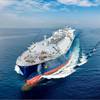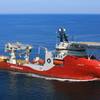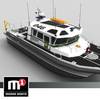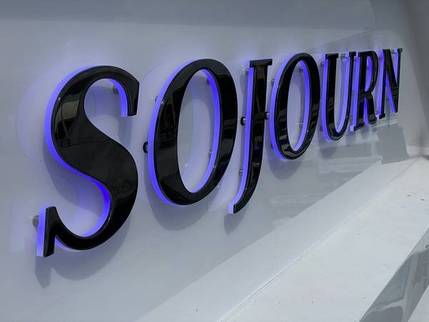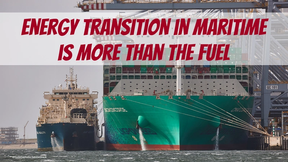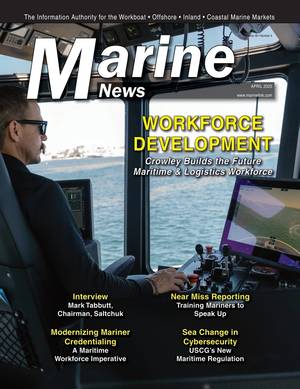NASA to Barge Key Space Flight Hardware from Alabama to Florida
NASA has transported a critical component for the Space Launch System (SLS) rocket, designed for the Artemis II mission, from Marshall Space Flight Center in Huntsville, Alabama, to Kennedy Space Center in Florida. The cone-shaped launch vehicle stage adapter, which connects the rocket’s core stage to the upper stage, was moved on August 21.
This adapter plays a crucial role in protecting the upper stage’s engine, which will be used to propel the Artemis II mission around the Moon, scheduled for 2025. Chris Calfee, SLS Spacecraft Payload Integration and Evolution element manager, highlighted that this is the largest SLS component produced at NASA Marshall for the Artemis II mission. The adapters for both Artemis II and Artemis III missions are manufactured at Marshall, underscoring Alabama's significant contribution to NASA’s lunar exploration efforts.
The adapter was transferred from Marshall’s Building 4708 to the Pegasus barge on August 21. The barge will first head to NASA’s Michoud Assembly Facility in New Orleans to pick up additional SLS hardware before proceeding to Kennedy Space Center. Once in Florida, the adapter will be integrated with the core stage recently delivered there. Teams from NASA’s Exploration Ground Systems will then prepare the adapter for assembly and launch.
NASA's Pegasus barge is a specialized vessel used to transport large spaceflight hardware and components between NASA facilities. Built in 1999, it plays a crucial role in moving rocket stages, spacecraft and other equipment from assembly sites to launch sites. The barge has no onboard propulsion and must be towed by a tugboat to reach its destination.
Engineering teams at NASA Marshall are also finalizing work on the launch vehicle stage adapter for the Artemis III mission. The adapter is built by Teledyne Brown Engineering and the Jacobs Space Exploration Group’s ESSCA (Engineering Services and Science Capability Augmentation) contract, utilizing NASA Marshall’s advanced welding tools.
The Artemis campaign aims to land the first woman, the first person of color, and astronauts from international partners on the Moon. The SLS rocket, along with the Orion spacecraft and other supporting systems, is central to NASA’s deep space exploration plans. The SLS is currently the only rocket capable of launching Orion, astronauts, and supplies to the Moon in a single mission.





